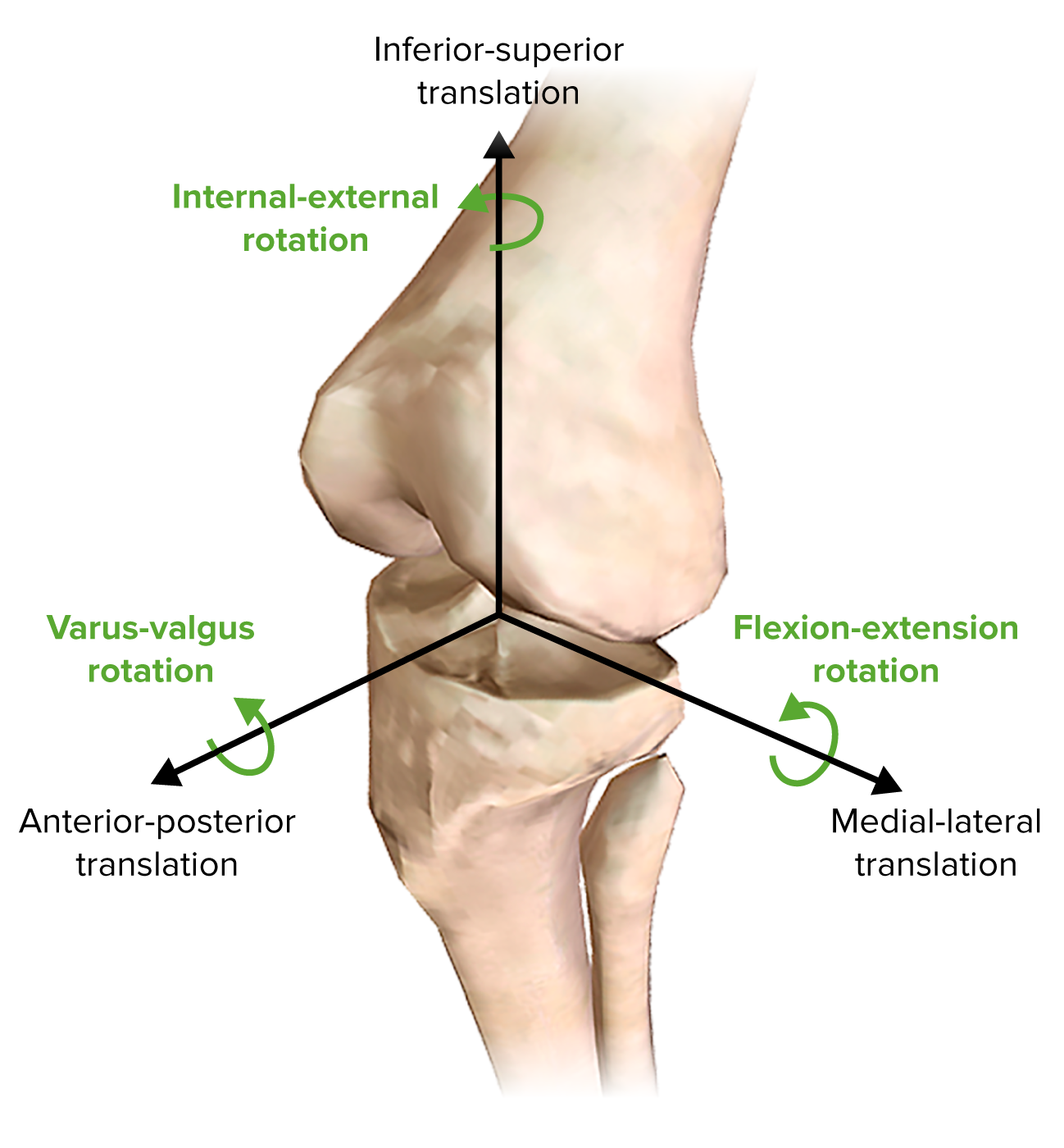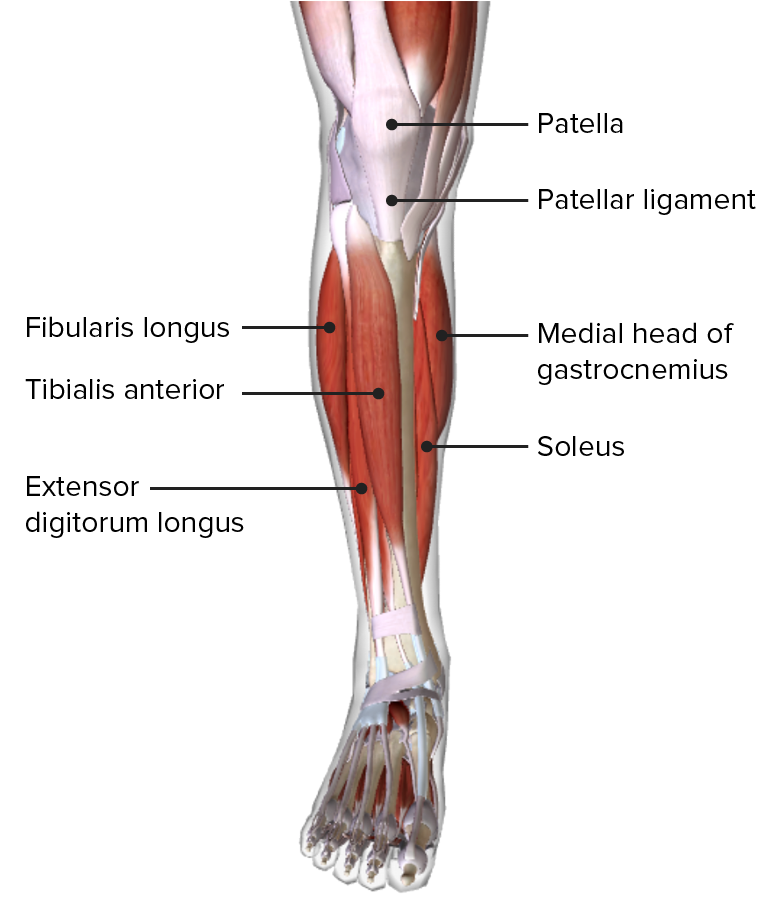Playlist
Show Playlist
Hide Playlist
Fibula – Osteology of Lower Limb
-
Slides 01 LowerLimbAnatomy Pickering.pdf
-
Download Lecture Overview
00:01 Now let’s turn to the fibula. We can see the fibula has a head and neck, and then it has a thin shaft, and then dilates inferiorly or distally to form the lateral malleolus. 00:12 Here we can see it’s slender. It’s positioned posterolaterally to the tibia, and it’s attached to the tibia via this interosseous membrane. Proximally, we have an enlarged head, and then we have a narrow neck. The head articulates with the articular surface on the lateral surface of the tibia. Here, we can see an articular facet which allows the head of the fibula to articulate with the tibia. As we go down the shaft, we see we have lateral and we have medial surfaces. We have an interosseous border where the membrane, the interosseous membrane will pass between the two, and we also have this posterior border which we can see here. Distally, we have a lateral expansion, and this is the lateral malleolus. Here we can see the malleolar fossa, and here we can see the lateral malleolus here. 01:10 And this combined with the medial malleolus forms the articulation with the talus of the foot to form the ankle joint.
About the Lecture
The lecture Fibula – Osteology of Lower Limb by James Pickering, PhD is from the course Lower Limb Anatomy [Archive].
Included Quiz Questions
What is the position of the fibula in relation to the tibia?
- The fibula is posterolateral to the tibia.
- The fibula is anteromedial to the tibia.
- The fibula is supracondylar.
- The fibula is infracondylar.
- The fibula is anterosuperior to the tibia.
Customer reviews
5,0 of 5 stars
| 5 Stars |
|
1 |
| 4 Stars |
|
0 |
| 3 Stars |
|
0 |
| 2 Stars |
|
0 |
| 1 Star |
|
0 |
Great job as usual Dr James! also great work compressing all theses information into 1:20 mins! As someone with a short attention span this helps me alot





